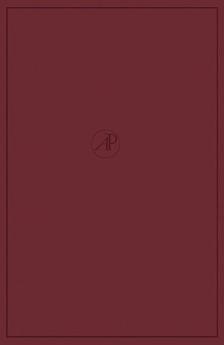Mathematical Theory of Sedimentation Analysis
Hiroshi Fujita
Jun 2016 · Elsevier
Ebook
328
Pages
family_home
Eligible
info
reportRatings and reviews aren’t verified Learn More
About this ebook
Mathematical Theory of Sedimentation Analysis deals with ultracentrifugal analysis. The book reviews flow equations for the ultracentrifuge, for two component systems, for multicomponent systems, and in chemically reacting systems. It explains the Svedberg equation and its extensions, and also the tests of the Onsager reciprocal relation. By employing a system consisting of two strong electrolytes and a solvent, the book illustrates that the sedimentation processes can be treated in terms of thermodynamics of irreversible processes. It also explains sedimentation-diffusion equilibrium and an approach to sedimentation equilibrium. It reviews the prediction of the time required to reach equilibrium, the estimates being made by Weaver (1926), and by Mason and Weaver (1924). The book employs sedimentation in a sector-shaped cell in a centrifugal field, of which the solutions of Mason and Weaver closely approximate the actual concentration distribution in the ultra-centrifuge cell. Other accurate solutions are by Fujita, Nazarian (1958), Yphantis, and Waugh. The book will prove valuable for mathematicians, physical chemists, biophysical chemists students, or professor of advanced mathematics.
Rate this ebook
Tell us what you think.
Reading information
Smartphones and tablets
Install the Google Play Books app for Android and iPad/iPhone. It syncs automatically with your account and allows you to read online or offline wherever you are.
Laptops and computers
You can listen to audiobooks purchased on Google Play using your computer's web browser.
eReaders and other devices
To read on e-ink devices like Kobo eReaders, you'll need to download a file and transfer it to your device. Follow the detailed Help Center instructions to transfer the files to supported eReaders.








